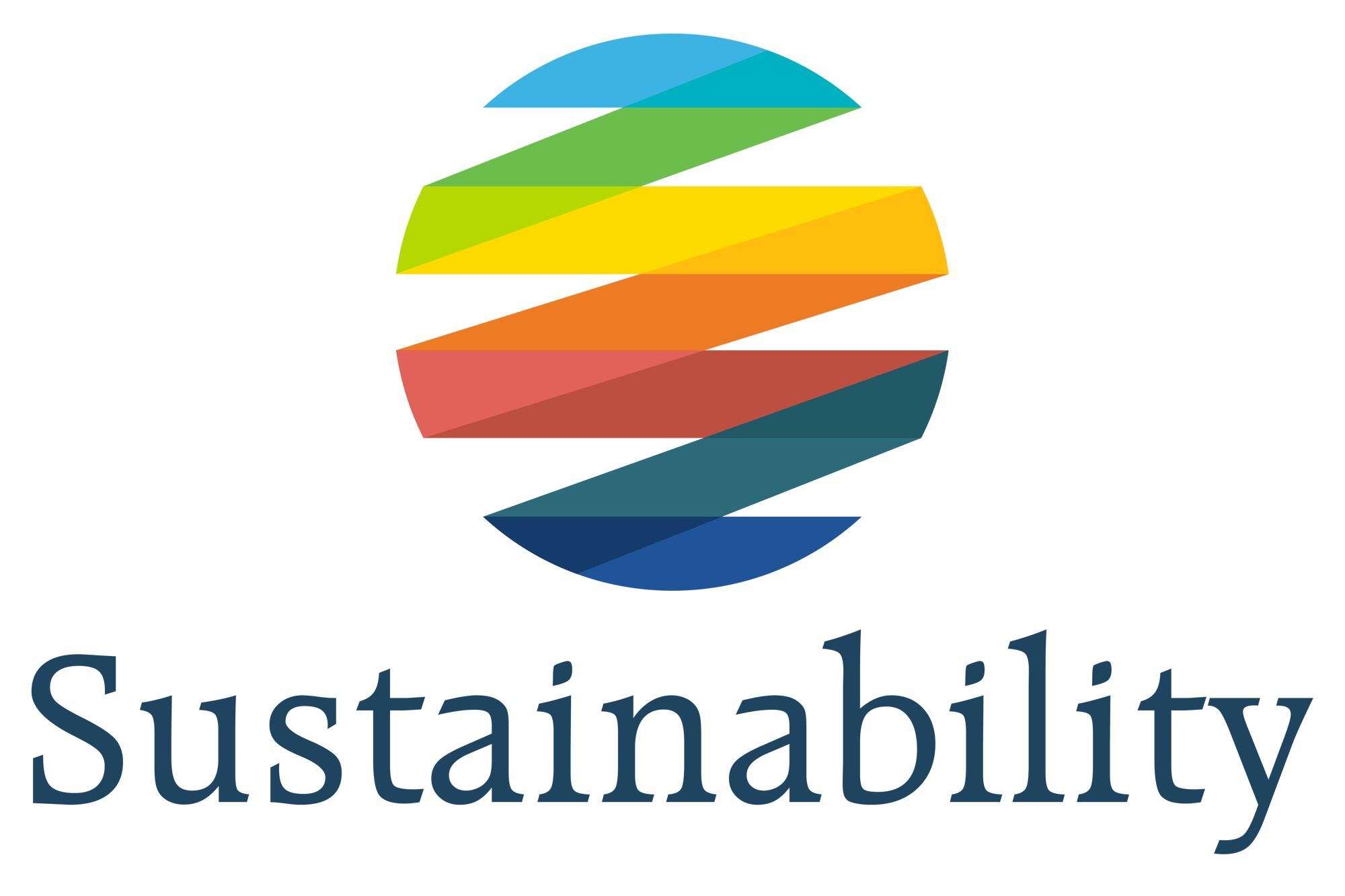Environment
2022 Sustainability Report
Material Topic: Environment
ENVIRONMENT, SPECIFIC DISCLOSURES: WASTE
306-3 (2020) Waste generated
%20Waste%20generated.png?width=980&name=306-3%20(2020)%20Waste%20generated.png)
306-4 (2020) Waste diverted from disposal
%20Waste%20diverted%20from%20disposal.png?width=980&name=306-4%20(2020)%20Waste%20diverted%20from%20disposal.png)
306-5 (2020) Waste directed to disposal (metric ton)
%20Waste%20directed%20to%20disposal%20(metric%20ton).png?width=980&name=306-5%20(2020)%20Waste%20directed%20to%20disposal%20(metric%20ton).png)
%20Waste%20generated.png?width=980&name=306-3%20(2020)%20Waste%20generated.png)
RightCycle Recycling Program
JSR has continued to contribute to the RightCycle glove and garment recycling program. Used uncontaminated personal protective equipment is sent to Kimberly-Clark and turned into new consumer goods. For FY2020, 305 pounds of glove waste and 157 pounds of garment waste were submitted to the program. In FY2021, 436 pounds of glove waste and 703 pounds of garment waste were diverted from landfills.
302-1 (2016) Energy use
%20Energy%20use-1.png?width=980&name=302-1%20(2016)%20Energy%20use-1.png)
Bloom Boxes Update
JSR had 1.1 MWs of Bloom Boxes installed at its Sunnyvale location in 2019. Bloom Boxes use fuel cells to process natural gas into electricity. Given the modular design and Bloom Energy’s strong support team, JSR has experienced no power outages while using the Bloom Boxes. During the reporting period, the Bloom Boxes have continued to be a key asset for the production facility and now JSR is considering expanding the Bloom Box energy system.
305-1 (2016) GHG emissions Scope 1 and 305-2 (2016) GHG emissions Scope 2
%20GHG%20emissions%20Scope%201%20and%20305-2%20(2016)%20GHG%20emissions%20Scope%202.png?width=980&name=305-1%20(2016)%20GHG%20emissions%20Scope%201%20and%20305-2%20(2016)%20GHG%20emissions%20Scope%202.png)
303-3 (2018) Water withdrawal
.png?width=980&name=Water%20Withdrawal%20(megaliter).png)
Changing PFAS Regulation
Per- and Polyfluorinated Substances (PFAS) are a broad group of substances, a small number of which are used in photolithography formulations. The use of PFAS in photolithography is critical to the success of semiconductor technology. Very small quantities of these PFAS substances enable photolithography patterning capabilities that would otherwise not be possible to achieve. The ability of the fluorine atom to generate superacids, its low surface energy, unique solubility characteristics, low refractive index, and low dielectric constant, is unmatched by any other alternative chemical. The EPA is increasingly regulating PFAS across all industries due to concerns about potential environmental and health impacts. JSR continues to work closely with the EPA to educate agencies on the essentiality of PFAS compounds to the US semiconductor photolithography. JSR is an active participant in a number of industry working groups advocating for the essential use of PFAS in semiconductor manufacturing through both the Semiconductor Industry Association (SIA) and SEMI.

